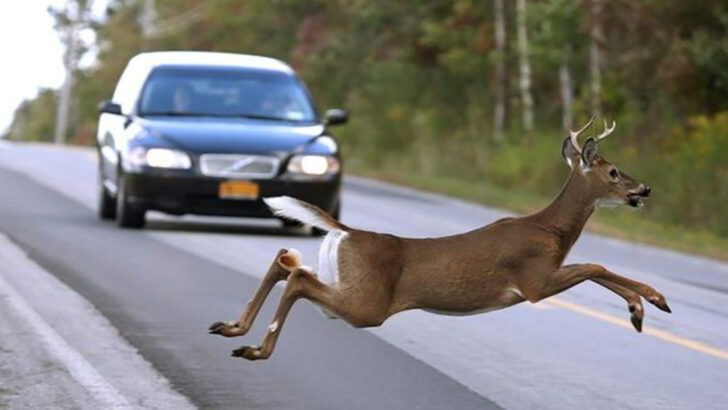Prepare to be surprised: the deadliest animal in America isn’t the fearsome bear or the elusive wolf—it’s the seemingly innocent deer. These graceful creatures are responsible for approximately 120 human fatalities annually, primarily due to vehicle collisions.
Deer are most perilous during the fall, especially in November, coinciding with their mating season and increased activity. This period also aligns with shorter daylight hours, leading to more drivers on the road during dawn and dusk when deer are most active. The end of daylight saving time exacerbates this risk, as evening commutes suddenly occur in darkness, making deer less visible and collisions more likely.
The economic impact is staggering, with deer-related accidents causing over $1 billion in damages each year. Beyond the financial cost, these incidents result in thousands of injuries and fatalities, underscoring the need for effective wildlife management and driver awareness.
WIRED
So, next time you’re driving through wooded areas or during peak deer activity times, stay vigilant. The most unassuming creatures can pose the greatest threats.
Deer and Vehicle Collisions
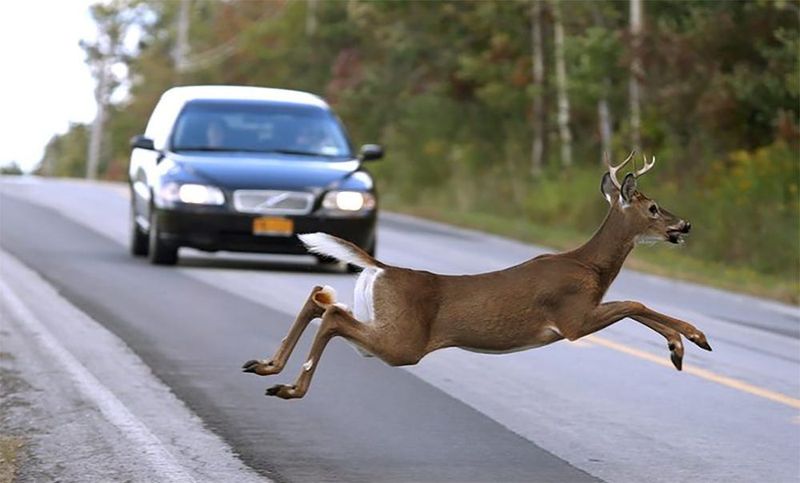
Every year, deer cause over a million vehicle collisions in the United States. These accidents are not only costly but can also be deadly. Picture driving down a serene country road, the golden hues of autumn enveloping you. Suddenly, a deer darts in front of your car.
With little time to react, collisions are almost inevitable, especially during dusk and dawn. The financial burden of repairs, combined with potential injuries, highlights the danger. Despite being beautiful creatures, their unpredictable road crossings make them a hazard for drivers nationwide.
Tick-Borne Diseases
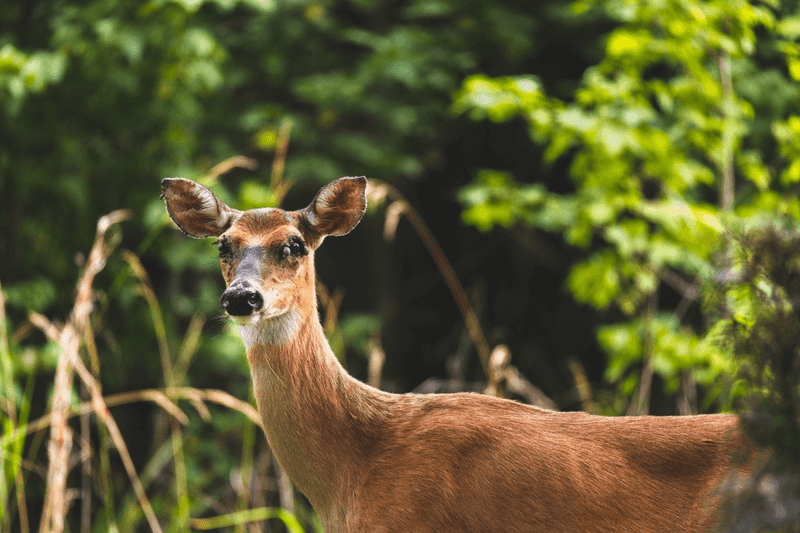
Deer are hosts to ticks, which carry diseases like Lyme disease. Imagine walking through a sunlit forest, feeling at peace. Yet, ticks are lurking, ready to latch onto any warm-blooded creature, including humans.
With an increase in deer populations, tick-borne diseases have spread. The tiny tick, often unnoticed, transmits illness that can affect you for a lifetime. The connection between deer and these ticks is alarming, as it places outdoor enthusiasts at risk. Remember to wear protective clothing and check for ticks to mitigate this silent danger.
Garden Destruction
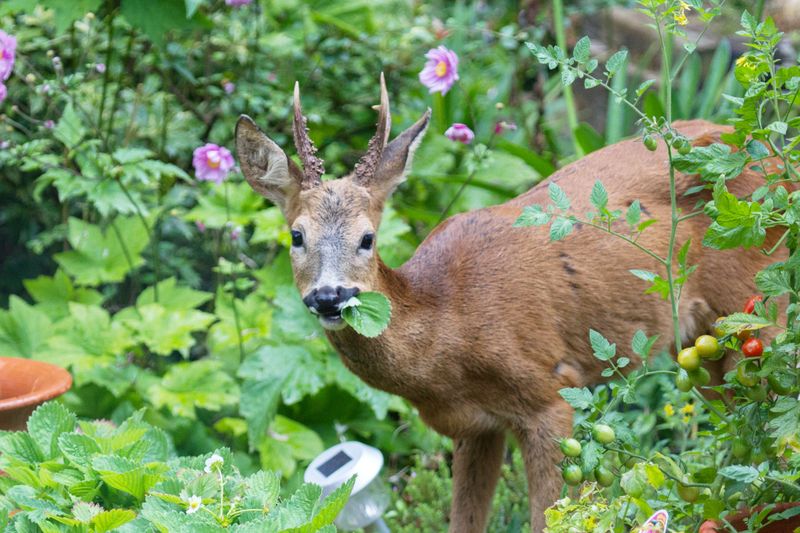
For gardeners, deer can be a nightmare. Imagine cultivating a vibrant garden, only to find it ravaged overnight by hungry deer. They feast on flowers, vegetables, and shrubs with little regard for your hard work.
Deer see gardens as buffets, leaving devastation in their wake. Fences and repellents may help, but determined deer can still cause damage. This destruction is more than just an inconvenience; it represents a constant battle for garden lovers. Protecting your garden requires vigilance and innovative strategies to keep these graceful marauders at bay.
Aggressive Encounters
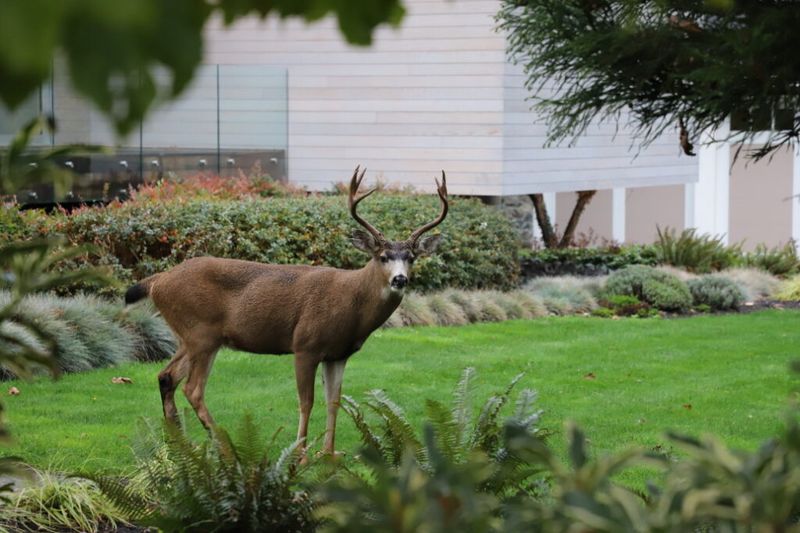
While rare, aggressive deer encounters can occur, especially during mating season. Picture an imposing buck, antlers raised, standing its ground in your backyard. Such encounters can be intimidating and dangerous.
Deer may charge or kick when provoked or threatened. This behavior is particularly concerning in suburban areas where deer and humans increasingly intersect. Awareness of their seasonal behaviors and maintaining a safe distance can prevent these tense situations. Remember, these are wild animals, and respecting their space is essential for safety.
Environmental Impact
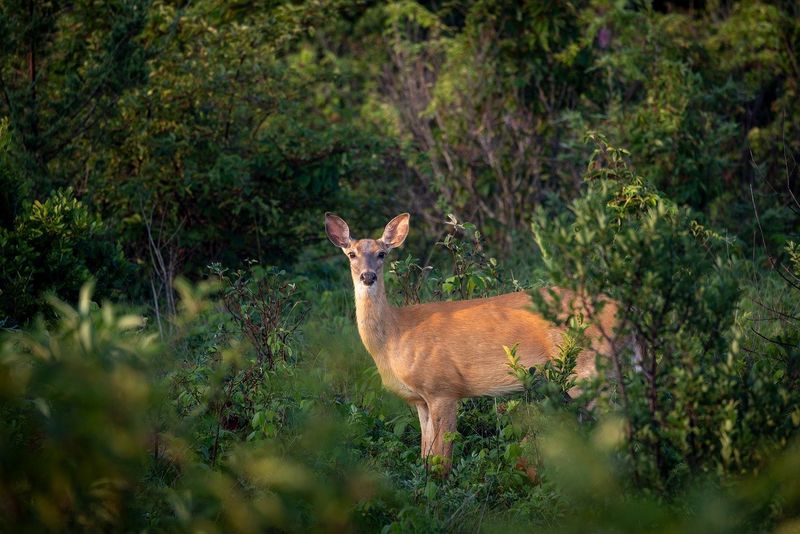
Deer significantly impact ecosystems by overgrazing. Picture a forest with thin underbrush, where the lush greenery has been decimated by deer. This overgrazing affects plant diversity and the animals that rely on those plants for survival.
Their feeding habits can lead to soil erosion and decreased biodiversity. The delicate balance of nature is tipped when deer populations soar, causing long-term ecological changes. Managing deer populations through controlled measures is crucial to maintaining healthy ecosystems. By understanding their role, we can work towards more sustainable interactions.

